If you’ve ever dreamed of growing your own sweet, juicy pears but thought your space was too small, the Ultra Dwarf D’Anjou Pear might be exactly what you need. Compact, productive, and delightfully flavorful, this variety brings the beauty of a full-sized orchard into even the tiniest backyard or patio. Whether you’re an urban gardener or a homesteader with limited room, this bareroot tree can reward you with bountiful harvests and an easy growing experience.
In this detailed guide, we’ll walk through everything you need to know — from planting a bareroot Ultra Dwarf D’Anjou Pear to caring for it through the seasons, pruning for productivity, and ensuring delicious fruits year after year.
What Makes the Ultra Dwarf D’Anjou Pear Special?
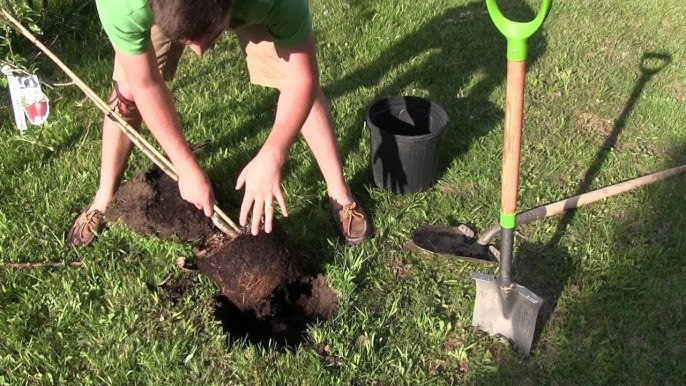
The D’Anjou Pear, sometimes called “Beurré d’Anjou,” is one of the most beloved pear varieties for its smooth texture, subtle sweetness, and excellent storage qualities. The ultra dwarf version takes all those advantages and fits them into a tree that grows only 6 to 8 feet tall, making it ideal for small gardens, containers, and tight planting spaces.
Unlike standard or semi-dwarf trees, ultra dwarf trees are grafted onto special rootstocks that control their height and vigor without compromising fruit quality. You still get the same crisp, juicy, and buttery pears — just from a smaller, more manageable tree.
Key benefits include:
- Compact size perfect for patios and raised beds
- Early fruiting—often within 2–3 years
- Easier maintenance—no ladders required for pruning or harvesting
- Beautiful blooms in spring that attract pollinators
- High productivity for the space it occupies
Understanding Bareroot Trees
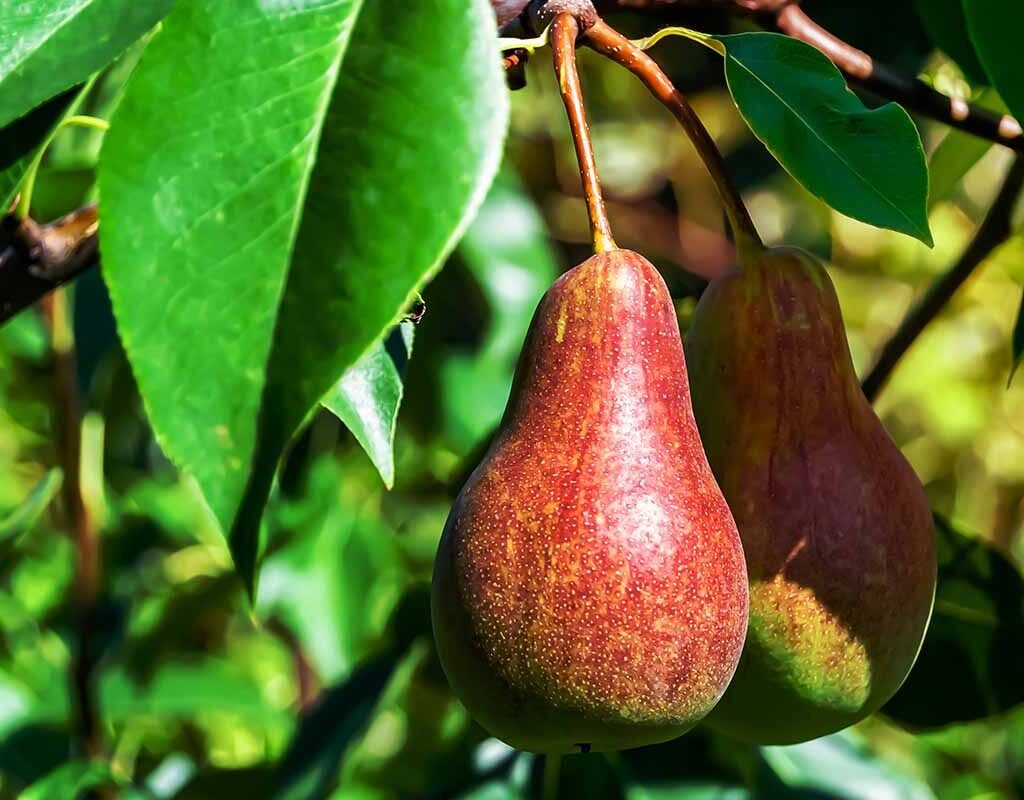
When purchasing your Ultra Dwarf D’Anjou Pear, you may notice it comes bareroot rather than potted. A bareroot tree is shipped without soil, with its roots carefully packed in moist material to keep them alive during transport.
Bareroot fruit trees are:
- More affordable than potted trees
- Easier to handle and plant
- Quick to establish when planted correctly
- Available in a wider selection of varieties
However, timing is key. Bareroot trees should be planted while they are dormant, typically in late winter or early spring, before buds begin to swell.
How to Plant an Ultra Dwarf D’Anjou Pear (Bareroot)
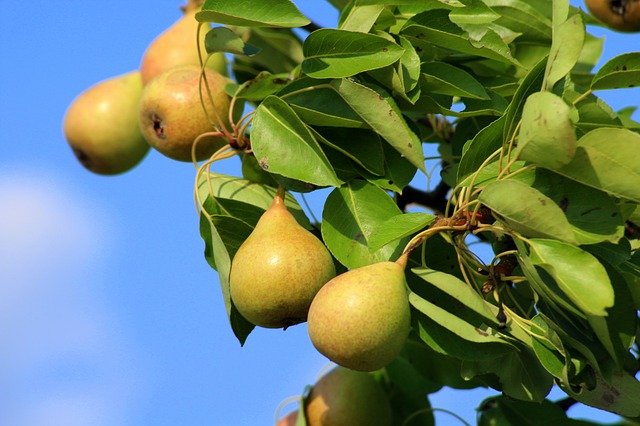
Proper planting ensures strong root development and healthy growth. Here’s a step-by-step guide:
1. Choose the Right Location
Your pear tree will thrive in full sun, needing at least 6–8 hours of direct sunlight daily. Select a spot with well-draining soil — pears dislike soggy roots. Avoid low-lying areas where water collects after rain.
2. Prepare the Soil
Pear trees prefer slightly acidic to neutral soil (pH 6.0–7.0). Loosen the soil to a depth of about 18 inches and mix in organic compost to improve fertility and drainage.
3. Soak the Roots
Before planting, soak the bareroot tree’s roots in a bucket of water for 4–6 hours. This helps rehydrate them and prepares them for planting.
4. Dig the Planting Hole
Dig a hole wide enough to comfortably spread out the roots — usually twice the width of the root system. The depth should be just enough so that the tree sits with its graft union (the bulge where the tree was grafted onto the rootstock) 2 inches above the soil line.
5. Planting the Tree
Create a small mound of soil in the center of the hole and spread the roots evenly over it. Backfill gently, firming the soil around the roots to eliminate air pockets. Water thoroughly after planting.
6. Mulching and Staking
Apply a 2–3 inch layer of organic mulch (such as straw, wood chips, or compost) around the base, keeping it a few inches away from the trunk. If your site is windy or the tree is tall and thin, stake it for support during its first year.
Watering and Feeding Your D’Anjou Pear Tree
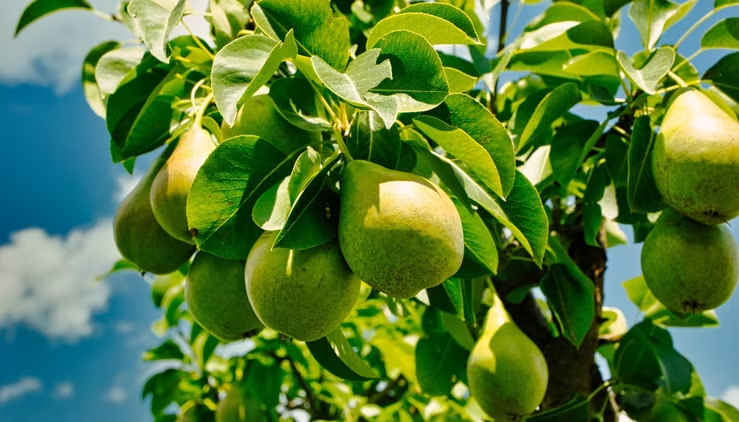
Watering
During the first growing season, keep the soil evenly moist but not waterlogged. A deep watering once or twice a week is ideal, depending on your climate. Mature trees are more drought-tolerant but still appreciate consistent watering during fruit development.
Fertilizing
Feed your tree in early spring before new growth begins. Use a balanced fertilizer (10-10-10) or organic compost. Avoid over-fertilizing, as this can lead to excessive leafy growth and fewer fruits.
Pollination Tips
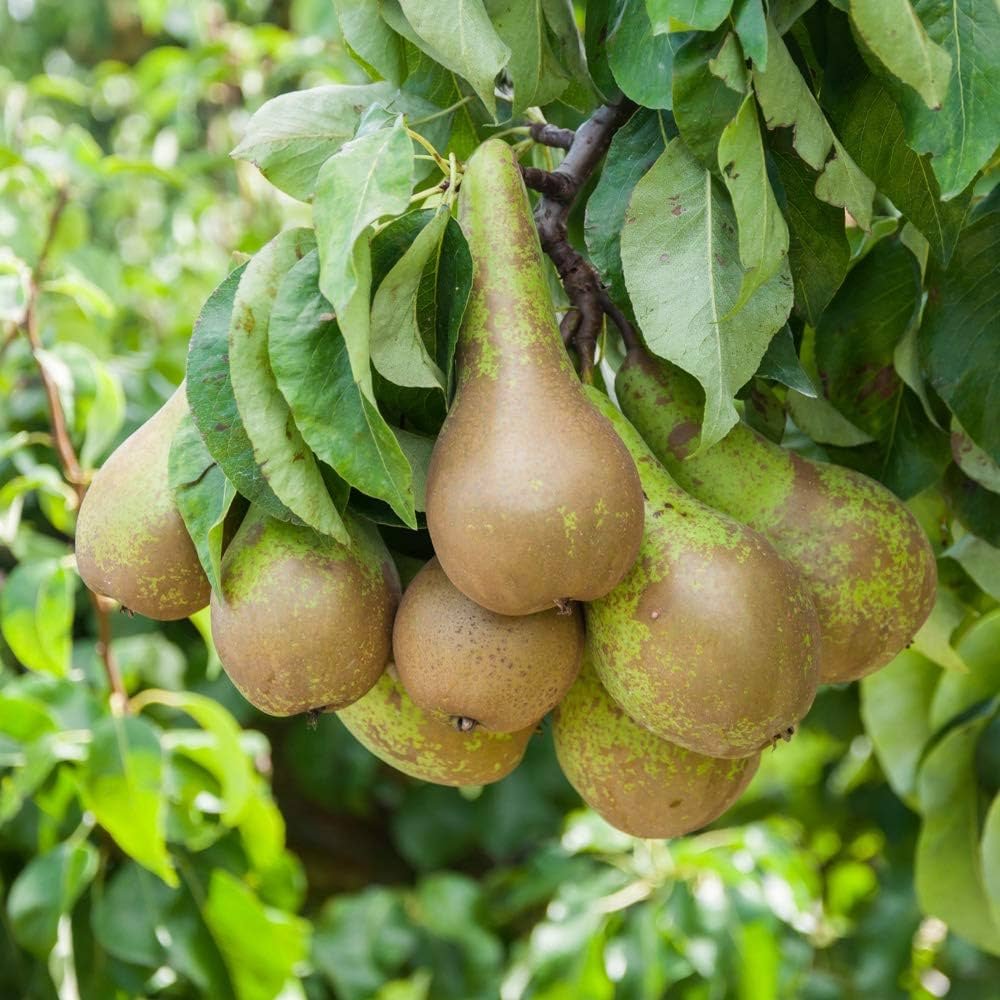
The Ultra Dwarf D’Anjou Pear is not self-pollinating, which means it needs another pear variety nearby to produce fruit. Good pollinators include:
- Bartlett (Williams)
- Bosc
- Comice
Ensure they bloom at the same time for effective cross-pollination. If space is tight, consider grafting a compatible pollinator branch onto your tree or planting a multi-grafted pear tree.
Pruning and Training
Pruning your D’Anjou Pear correctly will help shape the tree, improve airflow, and encourage larger, tastier fruits.
When to Prune
- Prune in late winter or very early spring while the tree is dormant.
- Remove any dead, diseased, or crossing branches.
- Thin out crowded areas to allow sunlight and air to reach all parts of the tree.
Training
Ultra dwarf trees can be trained into shapes such as:
- Central leader (traditional tree form)
- Espalier (flat against a wall or trellis — great for small gardens)
Both methods keep the tree compact and productive.
Pests and Diseases
Pear trees are fairly hardy but can still encounter common fruit tree pests. Watch for:
- Pear psylla (small sap-sucking insects)
- Codling moth larvae (attack fruits)
- Aphids and scale insects
To manage pests naturally:
- Encourage ladybugs and lacewings (beneficial predators).
- Spray neem oil or horticultural soap as needed.
- Keep the ground clear of fallen fruits and leaves to prevent overwintering pests.
For diseases like fire blight, prune affected branches immediately and sterilize tools between cuts. Choose resistant rootstocks if possible.
Harvesting and Storing Your D’Anjou Pears
One of the best traits of the D’Anjou Pear is its excellent storage quality. These pears do not ripen on the tree — they ripen after harvest.
When to Harvest
Harvest pears when they are firm and the skin turns light green or yellowish-green. A gentle upward twist should easily separate the fruit from the branch.
Ripening
Allow harvested pears to ripen at room temperature. You can speed up the process by placing them in a paper bag with a banana or apple (which releases ethylene gas).
Storage
Once ripe, D’Anjou pears can be stored in the refrigerator for up to 2–3 months, retaining their flavor and juiciness.
Growing in Containers
If you’re limited on space, the Ultra Dwarf D’Anjou Pear performs beautifully in containers.
Use a large pot (at least 20 gallons) with good drainage holes. Fill it with high-quality potting mix and compost, and position it where it receives full sunlight. Container-grown trees will need more frequent watering and feeding, but their productivity remains impressive.
Winter Protection
In colder regions, protect your pear tree by:
- Wrapping the trunk with tree guards to prevent frost cracks or rodent damage
- Adding extra mulch around the base to insulate the roots
- Moving container trees into a sheltered location during hard freezes
D’Anjou pears are hardy in USDA Zones 5–8, making them adaptable to a wide range of climates.
Final Thoughts
The Ultra Dwarf D’Anjou Pear proves that you don’t need acres of land to enjoy homegrown fruit. With the right care, this compact powerhouse rewards you with fragrant blossoms in spring and baskets of juicy pears in fall — all from a tree that fits neatly into your garden or patio.
Planting a bareroot tree is one of the most cost-effective and satisfying ways to start your own mini orchard. As it grows and matures, your D’Anjou pear will not only produce delicious fruit but also add charm, shade, and life to your outdoor space.
So, whether you’re new to fruit gardening or a seasoned grower, try the Ultra Dwarf D’Anjou Pear — a small tree with big rewards.
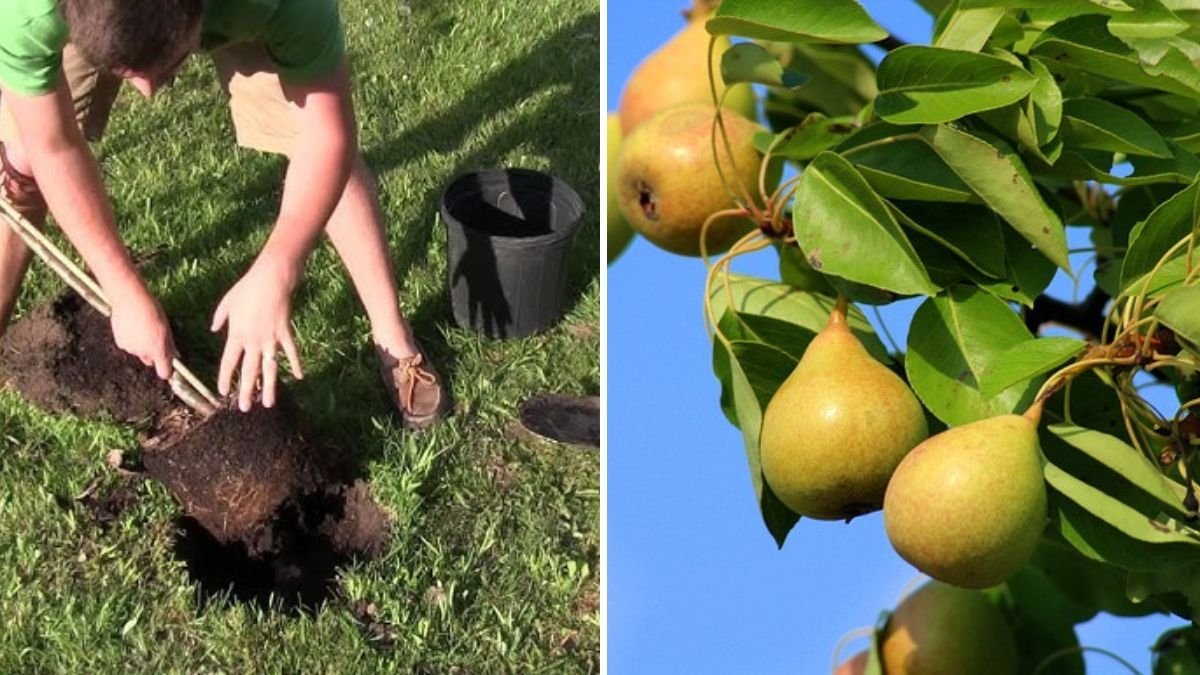
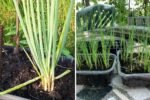
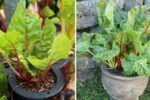
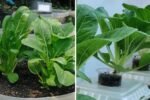
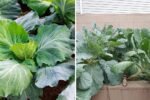
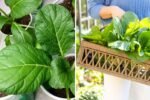
Leave A Comment